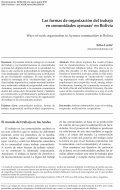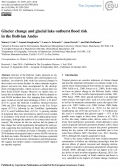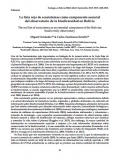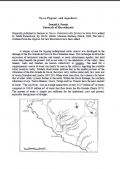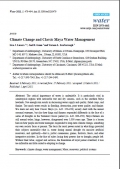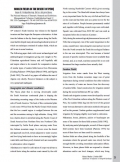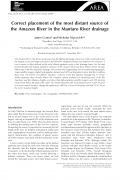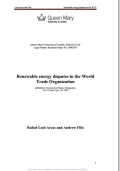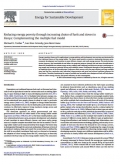Journal article
El presente artículo indaga en el mundo
del trabajo y sus transformaciones en comunidades
aymaras del altiplano boliviano en la actualidad. La
idea es dar cuenta de la pluralidad de estrategias de
vida desplegadas por las familias para la resolución
de sus necesidades cotidianas. En este sentido, se
analiza la estrategia de la “multiactividad” que incluye trabajo reproductivo, trabajo mercantil...
Los autores argumentan que existe la necesidad de un cambio fundamental en la manera cómo los ecosistemas son valorados y manejados debido a las amenazas por la intensificación de las múltiples presiones por el cambio climático y las demandas insostenibles sobre los servicios...
. Glaciers of the Bolivian Andes represent an important
water resource for Andean cities and mountain communities,
yet relatively little work has assessed changes in
their extent over recent decades. In many mountain regions,
glacier recession has been accompanied by the development
of proglacial lakes, which can pose a glacial lake outburst
flood (GLOF) hazard. However, no studies have assessed...
Una de las herramientas más importantes en biología de la conservación es la Lista Roja de Especies Amenazadas (LRESP) desarrollada por la Unión para la Conservación de la Naturaleza (UICN) y cuyo objetivo es servir como referencia acerca del riesgo de extinción de las especies en el planeta (Rodrigues et al. 2006). Uno de los aspectos más importantes de LRESP es la constante re-evaluación de la...
A unique system for tapping underground water sources was developed in the drainage of the Rio Grande de Nasca in Pre-Columbian times. This technique involved the excavation of horizontal trenches and tunnels to reach subterranean aquifers that hold water deep beneath the ground. Still in use today by the inhabitants of the valley, these tunnels, wells and trenches are known collectively as...
The critical importance of water is undeniable. It is particularly vital in semitropical regions with noticeable wet and dry seasons, such as the southern Maya lowlands. Not enough rain results in decreasing water supply and quality, failed crops, and famine. Too much water results in flooding, destruction, poor water quality, and famine. We show not only how Classic Maya (ca. A.D. 250–950)...
Volume1 Number 1, October 2009
Special Issue: 1st Symposium on Living with Landscapes
16th century’s South America was witness to the Spanish invasion and thus began the European colonization. At that time the Indians in the dry desert regions...
The Amazon River (‘Río de las Amazonas’) has the highest discharge of any river in the world and is also the longest or second longest. Its source has therefore intrigued scholars and explorers for centuries. A river’s source is often defined as the most distant upstream point in the drainage basin. For the past several decades, the longest upstream extension of the Amazon River has been held to...
This article analyzes renewable energy disputes in the World Trade Organization (WTO), explores the specific WTO norms that have been, and are likely to be, engaged by trade-distortive measures that WTO Members may seek to argue have been taken to promote renewables, and advocates implementing stronger governance of energy trade and provides an analysis of the WTO’s treatment of renewable energy...
Energy transition theory and its applications in energy policies and development interventions are dominated by the traditional theory of the energy ladder. The linear model predicts a positive relationship between socio-economic development and transition to more efficient, cleaner, and costly energy sources. This study demonstrates, however, that households do not follow the projected patterns...

